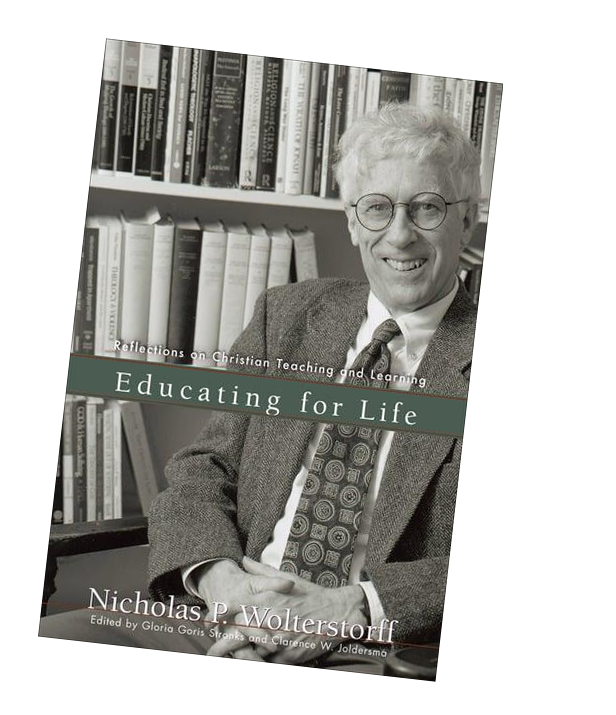
“I believe we face the question: if not now, then when? And if we are grasped by this vision, we may also hear the question: if not us, then who? And if the gospel of Jesus is not the key to this task, then what is?”
— N.T. Wright, The Challenge of Jesus
Teachers invite students into learning stories and design learning experiences that nurture the student within the story. And, finally, the teacher designs learning opportunities that empower students to respond and live their part within the learning story, God’s story.
Empowering students ensures that the focus extends beyond what the learner should know or what has happened in the past; empowering students compels the teacher to design learning that responds to what, so what, now what? The learner, God’s image bearer, is empowered to use their newly gained knowledge and skills to respond to their personal invitation from God to play their part in God’s story — to reflect Him.
Empowering learners looks like:
- Creating beautiful work
- Practicing a Throughline way of being
- Reflecting on growth and their place in God’s story
- Sharing their work and inviting others to partner with them
- Living within God’s Deep Hope for their lives
We began our lesson with an invitation that rings “Come in! Come in!” We depart from our lesson with a different invitation — an empowering invitation that propels the learner out the very door that welcomed them in with the mandate to use their newly acquired knowledge, skills, and ways of being in the restoration of God’s beautiful world.
“If not now, then when?... If not us, then who?”
Empowering Learners: Examples and Resources
An empowering learning experience provides an opportunity for students to respond to the newly established connections they are making to the competencies and skills they are acquiring. Learners gain self efficacy as teachers design opportunities for students to incorporate their learning into their lives, to engage the new ideas beyond the classroom and school, to share their work with others and to engage with other people who are also actively living with these ideas.
Within Teaching for Transformation, a Formational Learning Experience (FLEx) is a clear example of an empowering learning experience for the learners. However, this lesson design tool recognizes that students are engaged in FLEx for only a minority of the time; the majority of the time, students are engaged in learning experiences that do not have an external audience beyond the teacher, classroom or the school.

The following examples and resources are designed to support learning that empowers the learners for the times that the learners' work does not extend beyond the bottom three layers of the Hierarchy of Audience. They may also serve as an empowerment to the teacher for discovering new ways to launch learning beyond the classroom.
throughlines
Example: During a unit on water scarcity, students identify the Throughlines Earth Keeping and Community Building, and put them to practice by leading a water-preservation campaign in their neighborhood.
Resources:
Beautiful work
Example: Math students create scale models of a shed to be built at a local preschool to present the project to local businesses and ask for their support.
Resources:
Expert/Peer Feedback
Example: Health students share their drafts of their meal plans with each other, offering and receiving feedback according to their co-created rubric.
Resources:
Reflection & Self-Assessment
Example: After a monthly visit with “grandma and grandpa buddies” at a local senior living home, students reflect on how they are being formed by their regular visits. Students reflect on next-steps, using their thinking to plan for future visiting times.
Resources:
Deep Hope & Storyline
Example: Students select drafts and final products that showcase their growth toward their Deep Hope and Storyline; students selections are added to classroom Storyboard, alongside student reflections/explanations.
Resources:
Presentation of work beyond the classroom
Example: Engineering students design real-world products to support neighbors with limited mobility (i.e., drumsticks for a peer with limited grasping ability). Engineering students present their prototypes, receive/offer feedback, and redesign until their product is useable and useful to the person for whom it is designed.
Resources:





